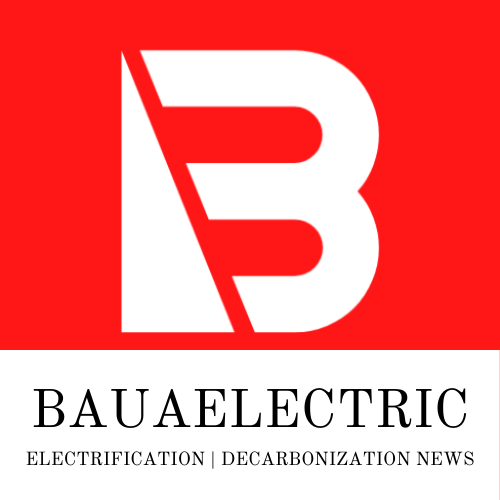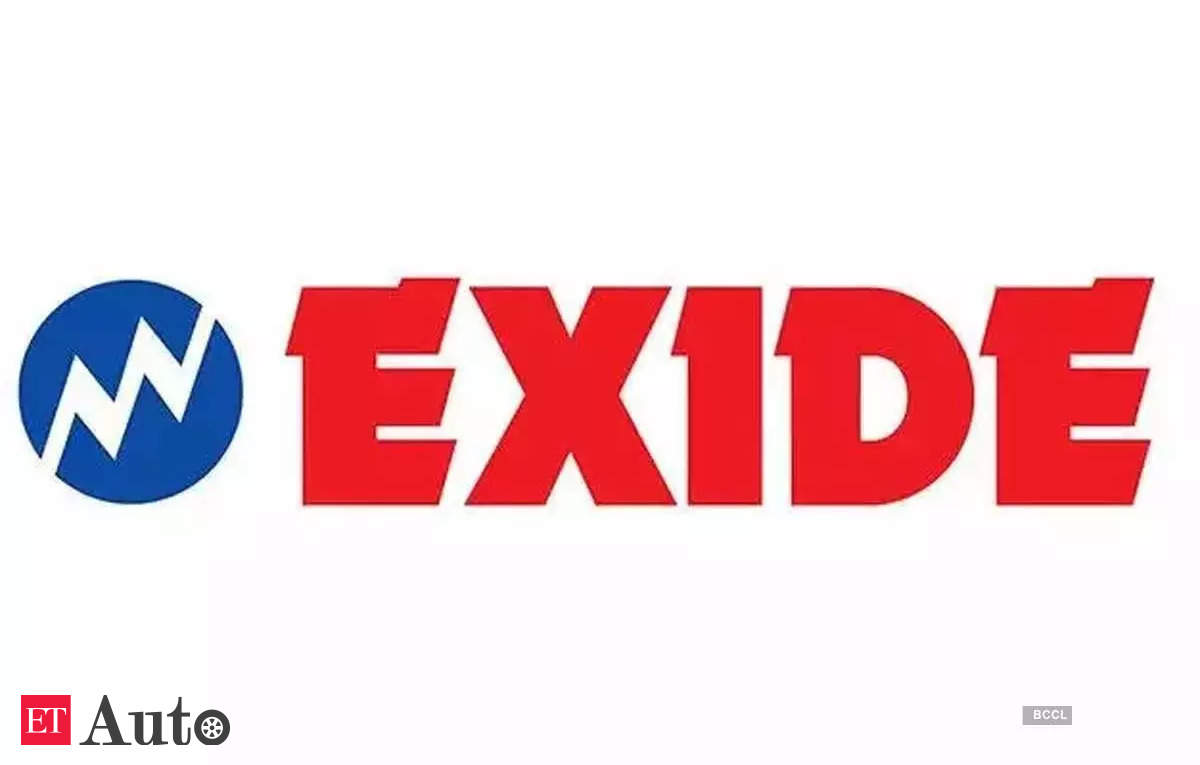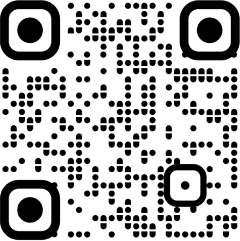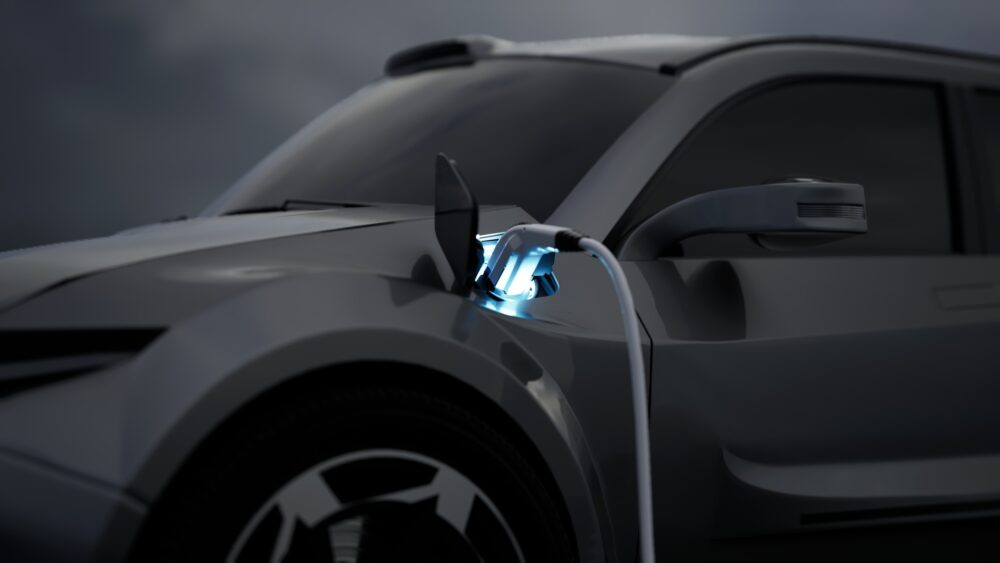Battery maker Exide Industries Ltd on Wednesday reported 2.3% increase in consolidated profit after tax at INR 202.69 crore for the third quarter ended December 31, 2023. The company had posted a consolidated profit after tax (PAT) of INR 198.14 crore in the same quarter last fiscal, Exide Industries said in a regulatory filing.
Revenue from operations in the quarter under review was at INR 3,979.83 crore as compared to INR 3,538.5 crore in the year-ago period. Total expenses were higher at INR 3,724.3 crore as against INR 3,286.36 crore in the same quarter a year ago, the company said.
“Demand was positive in both automotive and industrial divisions, and we achieved healthy growth in our key end-customer markets. However, EB/TOA margin was marginally lower than the same quarter in the previous year mainly on account of input cost inflation,” Exide Industries MD & CEO, Subir Chakraborty said.
In the automotive division, the last few months have seen an uptrend in demand in both OEM and replacement markets. The uptick is broad-based, with most end-user markets showing signs of demand recovery, the company said.
Exide further said the Industrial division is benefiting from large investments which are giving strong impetus to sectors such as BFSI (Banking, financial services and insurance), renewables, telecom, infrastructure such as power and railways.
On the outlook, Chakraborty said,” We are optimistic about the future and are witnessing signs of demand pick-up across key verticals. Input cost inflationary pressures have started easing, which coupled with our cost optimisation initiatives is expected to support margins.”
The company will continue to focus on delivering healthy sales growth and improvement in profitability levels in the near-to-medium term, he added.
The lithium-ion cell manufacturing project is progressing as per scheduled timelines. Design and construction works are on track, Chakraborty said, adding “we are focusing on the on-boarding of customers on the one hand and securing strong raw material supply-chain linkages on the other”.






